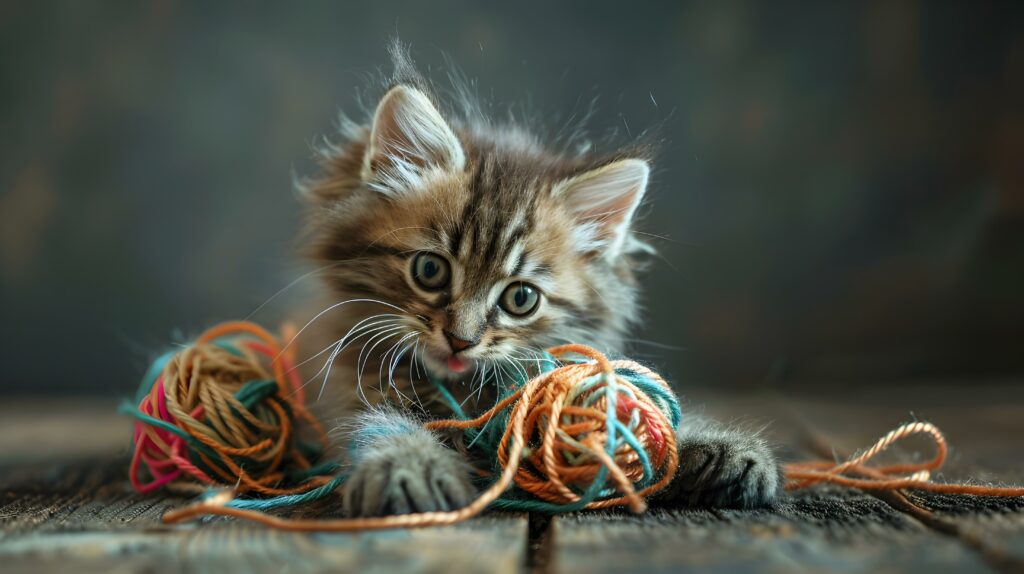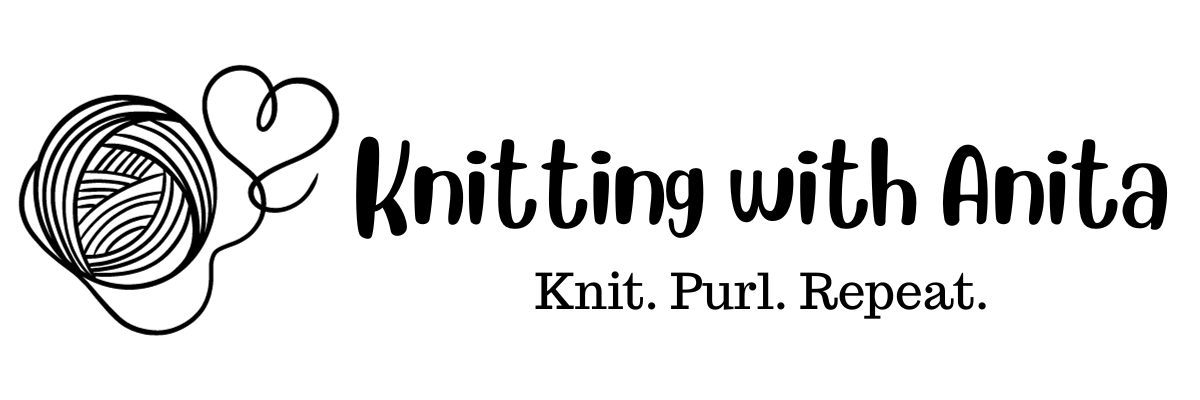Knitting can be a relaxing and rewarding hobby, but it can also present a few challenges along the way. Here are some common knitting problems and tips on how to fix them, so you can keep enjoying your craft without frustration.
1. Dropped Stitches
Dropped stitches are a common problem for knitters of all levels. When a stitch slips off the needle, it can unravel down your work if not caught quickly. To fix this, use a crochet hook to pick up the dropped stitch and pull it through the loops above it. If you don’t have a crochet hook handy, a knitting needle or even a bobby pin can work in a pinch. I’ve even used a zipper pull, clipped to the stitch. You have to be careful, though, to avoid getting the yarn tangled with the pull ring!
2. Tension Issues
Uneven tension can make your knitting look messy, with some stitches being too tight and others too loose. To fix tension issues, practice knitting with a consistent grip on your yarn and needles. If you notice your tension fluctuates, try switching to needles made of different materials. Some knitters find bamboo needles provide more control, while others prefer metal or plastic. Wooden needles aren’t as slippery as metal or plastic needles.
3. Twisted Stitches
Twisted stitches occur when the yarn is wrapped around the needle incorrectly, causing the stitch to sit awkwardly. To fix twisted stitches, make sure you always wrap the yarn the same way for each stitch. If you notice a twisted stitch, you can correct it on the next row by knitting into the back of the stitch instead of the front.
4. Yarn Splitting
Yarn splitting happens when the needle splits the yarn fibers, creating a messy and uneven stitch. To prevent this, try using needles with a smoother finish or a sharper tip. If I’m working with a yarn that seems to split easily, I like to use needles designed for lace knitting. Their tips are sharper and smoother, which helps to avoid splitting the yarn. If you encounter a split stitch, carefully work the needle through the entire yarn strand to correct it.
5. Losing Your Place
It’s easy to lose track of where you are in a pattern, especially for more complex projects. To avoid this, use stitch markers, row counters, or a piece of scrap yarn to mark your place. Writing notes on your pattern or using a highlighter can also help keep track of your progress. Twice Sheared Sheep offers some really cute stitch markers and row counters. Take a look here or here.
6. Uneven Edges
Uneven edges can make your project look less professional. To fix this, ensure you’re knitting the first and last stitches of each row consistently. Slipping the first stitch of each row can create a neat edge, while keeping an even tension throughout your project will also help.
7. Knitting with your Kitty

As much as you love your kitty, kitties and knitting don’t mix. To keep them separate, take advantage of those little cat naps that kitties (and cats) like to take. Un-pack your knitting bag as soon as your lovable little feline nods off. Fifty percent of the time, your lovable feline will snap awake as if on que. But at least you’ll get some quality kitty-less time when she keeps napping!
If you feel REALLY adventurous, you can try teaching your cat to sit quietly at your side while you knit.
Yeah. Right…
By addressing these common knitting problems, you can improve your technique and enjoy a smoother knitting experience. Happy knitting!
Happy Knitting!
Anita
